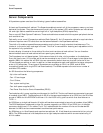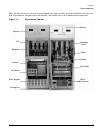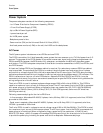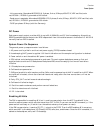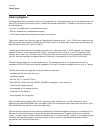
Chapter 1
Overview
Server History and Specifications
23
Server History and Specifications
Superdome was introduced as the new platform architecture for HP high-end servers in 2000-2004.
Superdome represented the first collaborative hardware design effort between traditional HP and Convex
technologies. Superdome was designed to replace T and V Class servers and to prepare for the transition from
PA-RISC to Intel
Itanium 2 processors (IA). The new design was to enable the ability running different
operating systems on the same server. The design also included several new high availability features.
Initially, Superdome was released with the legacy core electronics complex (CEC) which included a 552Mhz
PA-8600 processor. The legacy CEC supported two additional cpu speeds; a 750 Mhz PA-8700, followed by an
875 Mhz PA-8700 processor.
The HP Integrity server project was acually four projects based around the sx1000 CEC chipset and the
Integrity cell boards. The initial release was the sx1000 chipset, Integrity cell boards, IA firmware and a
1.2Mhz Intel
processor. This initial release included PCI-X and PCI I/O mixes. The Integrity systems were
compatible with the legacy Superdome IOX.
A second release was still based upon the sx1000 CEC and included Integrity cell boards, but also added PA
firmware and a dual-core PA processor. The release also included a 2GB DIMM and a new HP-UX version.
The processors, processor power pods, memory, firmware, and operating system all changed for this release.
A third release, still based upon the sx1000 chipset, included the Integrity cell boards, IA firmware and a 1.5
Mhz IA CPU. The CPU module is composed of a dual-core processor with a new cache controller. The firmware
now allowed for mixing cells within a system. All three DIMM sizes were supported. Actual firmware and
operating system changes were minor changes from the earlier versions.
Today, the HP super scalable sx2000 processor chipset is the forth and final Superdome release, based upon a
new CEC that supports up to 128 PA-RISC or IA processors. It is targeted to be the last generation of
Superdome servers to support the PARISC family of processors. Modifications include the new chipset and
board changes including cell board, system and I/O backplanes and their associated power boards,
interconnect, and the addition of a redundant, hot swappable clock source.












